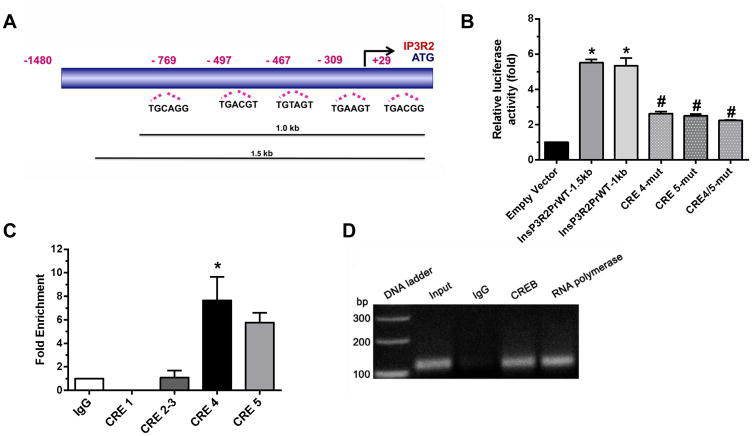Figure 3. CREB activates the IP3R2 promoter via binding to CRE4 and 5.
(a) Schematic illustrating the five putative CRE sites in the IP3R2 promoter. (b) HepG2 cells transfected with 1.5 kb or 1.0 kb segments of the IP3R2 promoter showed >20-fold greater activity when co-transfected with CREB, relative to empty vector (*p<0.0001, n=4), while mutation of CRE4, CRE5, or both markedly reduced activation by CREB (#p<0.001, n=4). There was no effect when CRE sites 1, 2 or 3 were mutated (not shown). (c) Summary of qPCR ChIP assay experiments shows that there was no enrichment in the CREB binding to CRE’s 1 and 2–3 over IgG control, but CREB binding was higher to CRE4 and 5. The increase was significant for CRE5 (*p<0.01, n=3) and marginally significant for CRE4 (0.1>p>0.05, n=3) compared to IgG. (d) Representative ChIP assay.

